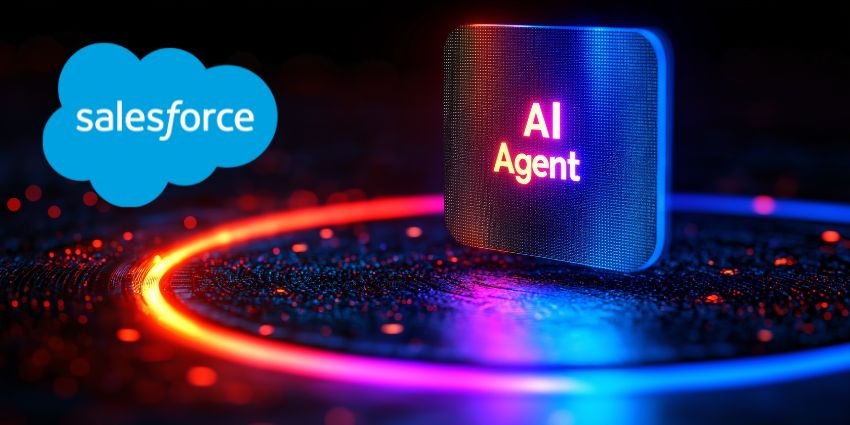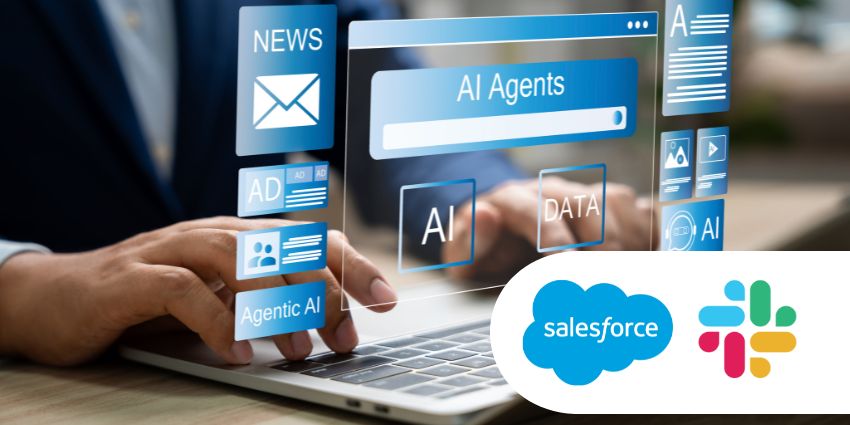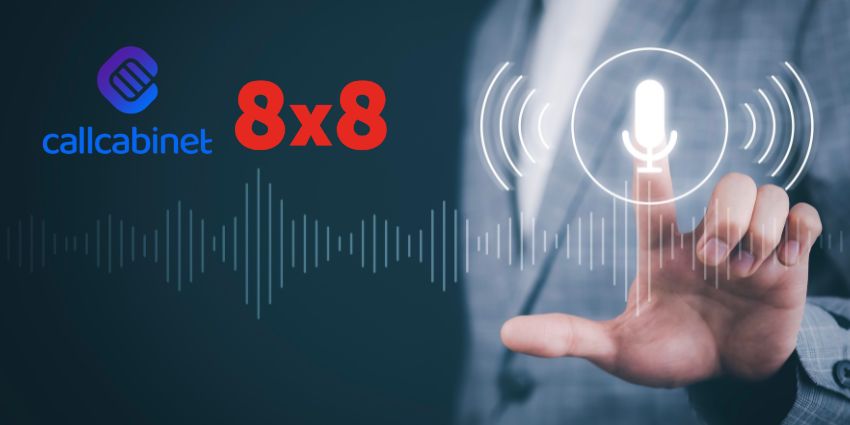SAP Digital Interconnect has been providing interconnect solutions in the CPaaS space for over a decade. But in that time, even before the accelerated transitions forced by the extraordinary events of 2020, the industry and the context in which it operates have transformed beyond recognition.
To understand the role of CPaaS — which IDC estimates will become a $17.2 billion business by 2023 — in the present global enterprise communications matrix, I caught up with Rohit Tripathi, Chief Product Officer and Global Marketing Director, Arti Yadav.
“The drive for digitisation, the need for flexibility, and the business need for more and more applications beyond the typical front end customer touchpoints, to have elements of connect and communications built right into them, is fuelling the rise of CPaaS”, Tripathi explained. “In the past, a logistics company for example would have had a UCaaS offering, but that is more for their customer contact center and support service. Now they need to tie it to their fulfilment and shipping services, and UCaaS would probably be overkill in that situation — so CPaaS provides the flexibility for continued digital transformation.”
Shifting user needs
Consumer expectations are driving this demand, and industries are increasingly having to respond in a flexible and customer-centric way, to meet them where they already are — as Yadav explained:
“We also see this expansion coming from the fact that there are channels getting added every day, and for enterprises their interest lies in ensuring they can reach and communicate with all their customers, irrespective of channels and platforms etc. CPaaS offerings allow that elasticity as well.”
The example of a Spanish logistics company, Revoolt illustrates this well, who are striving to meet environmental goals in the face of real-world challenges with deliveries and timings for customers. “They were looking for a solution which could help them reduce missed deliveries and be more accurate”, Yadav continued, “and when they partnered with us, they saw a 40% increase in delivery success, over and above the transparency and efficiency that they built into their operations themselves.”
For customers, this degree of granular connectedness is very much channel-driven, and as Tripathi pointed out, for the 3 of us in the present conversation, the way we interact with a global brand like Amazon varies hugely, because we’re interacting from 3 different continents.
“From India, someone may prefer SMS-based interactions, as that’s the most quick and reliable channel, and in Europe someone may favour an interaction based on app notifications. Likewise, for me, in the US I might interact with the brand over a social channel like WhatsApp or Facebook — CPaaS enables brands to address this diversity of preference globally”
It’s not just physical product deliveries and last mile solutions that CPaaS underpins. SAP Digital Interconnect is also working with banks to ensure fraud prevention and detection, and the reduced time for communication that CPaaS enables — in the case of Banco Caixa bank in Spain, it reduced communication time from 6 days to 2 minutes is a paradigm shift, as Yadav continued, “when you move away from traditional means of communication to where customers are right now — whether it’s an emergency or a regular situation, you see immediate value — in the combination of secure delivery with omni-channel presence.”
The future of CPaaS
As new channels join the mix, the foundational ubiquity of SMS will still continue to be highly relevant in the digital communication space — however Tripathi concludes that the distinction between channels will become less relevant in the future, as for the customer the continuous conversation is what matters most.
“Brands will start having a seamless interaction with their customers across all channels, that might start on SMS but would transition into WhatsApp or an email update, then a phone call, and closing the loop with a follow-up survey”
Looping in input from IoT devices will further inform the flow, and continue to be driven by the expectations of always-on customers in the 2020s and beyond, enabling brands and marketers to connect with their customers and their needs, wherever that may take them.
To learn more please check out the latest IDC whitepaper from SAP Digital Interconnect.







